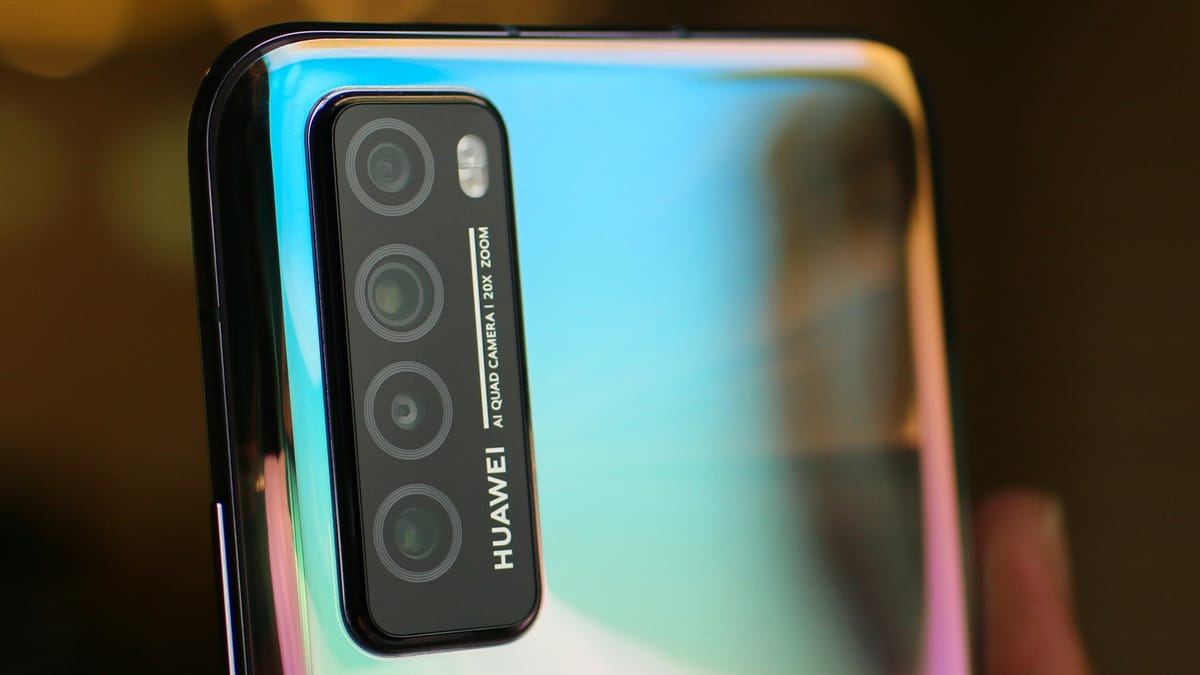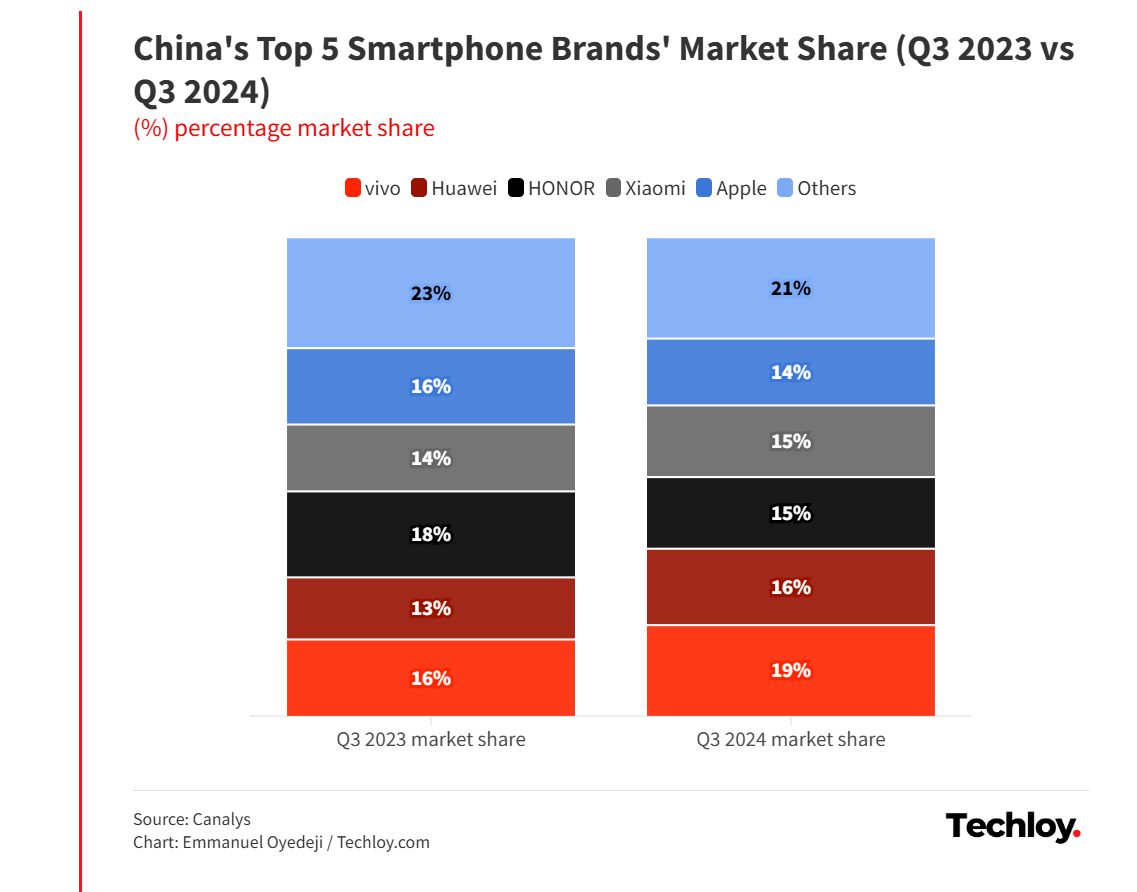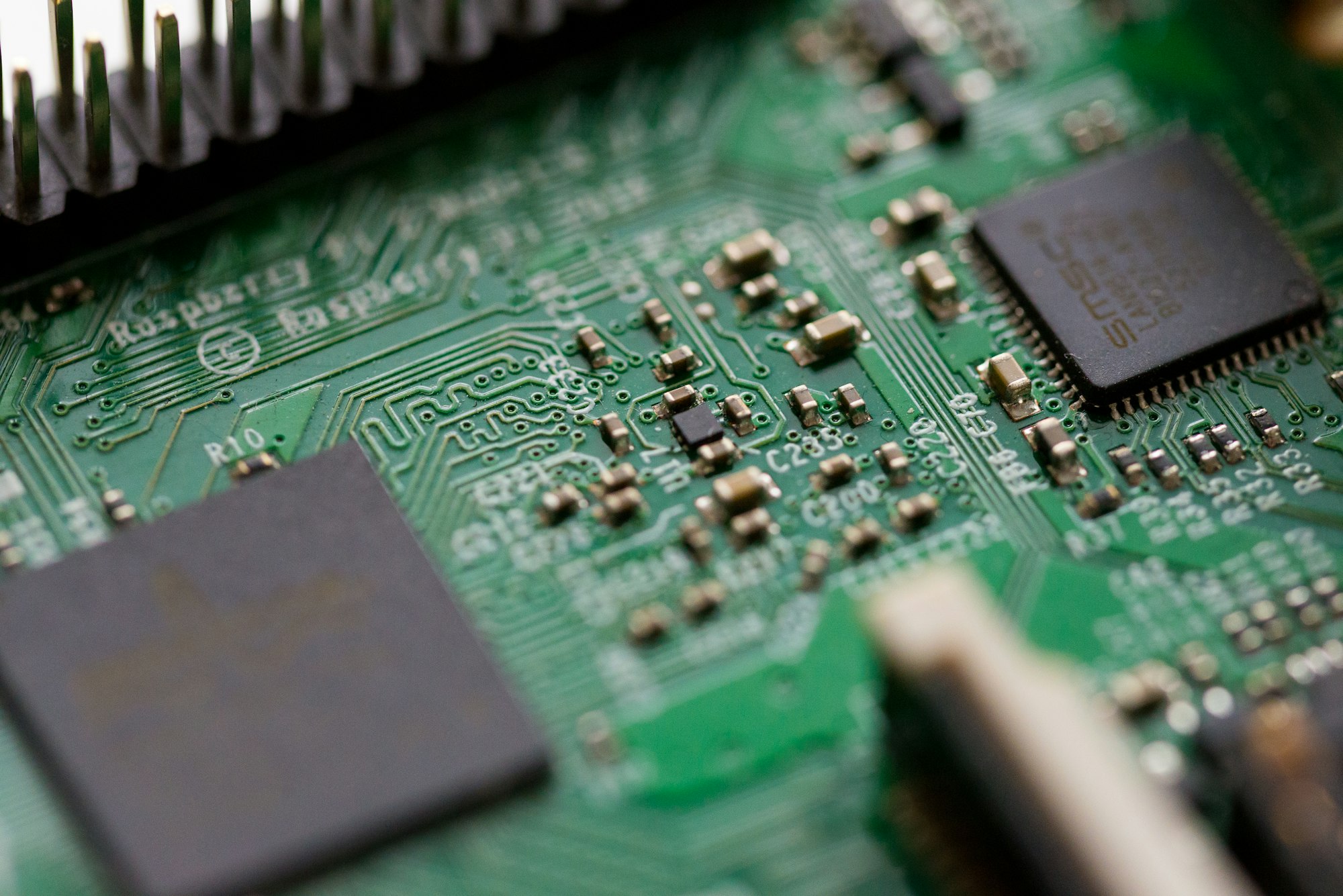Huawei phones to shift from Android to homegrown OS from 2025
The new HarmonyOS Next a bold step to reduce reliance on Google and assert independence in a tech space shaped by US sanctions.
Back in 2019, Huawei was caught in the crossfire of escalating U.S.-China tensions. The Trump administration placed Huawei on an export blacklist, severing the Chinese tech giant’s access to essential U.S. technologies, including Google’s Android.
This forced Huawei and other Chinese smartphone brands to remove Google apps from their devices, creating a critical void for global users. In response, Huawei introduced HarmonyOS—a hybrid operating system built on Android’s framework—as a stopgap measure.
By 2023, Huawei introduced HarmonyOS Next, positioning it as an enhanced iteration of its existing HarmonyOS. Now, fast forward to November 2024, the company has taken a decisive step, announcing its complete departure from Android with HarmonyOS Next now standing as a fully independent, Android-free operating system.

At the event in China where this announcement was made, Huawei also unveiled its flagship Mate 70 series, saying they will be the first devices to run on the new HarmonyOS Next. However, these phones will initially ship with HarmonyOS 4.3, an Android-based version, before receiving the HarmonyOS Next update in early 2025, says Bloomberg.
By that year, Huawei plans to make HarmonyOS Next standard across all its new devices. The transition reflects a bold move, but not without challenges. HarmonyOS Next won’t support Android apps, leaving Huawei to rapidly expand its app ecosystem. The company currently boasts 10,000 compatible apps and is targeting 100,000 soon to bridge this gap.
The Mate 70 series, priced from 5,499 yuan (about $760), is a cornerstone of Huawei’s strategy. The devices promise a 40% performance improvement over their predecessors, driven by advancements in HarmonyOS Next and Huawei’s in-house Kirin chips.
While Kirin processors lag behind top offerings from Qualcomm and MediaTek, Huawei’s focus remains on dominating the Chinese market. According to Techloy, the company has solidified its position as the second-largest smartphone maker in Mainland China, shipping 10.8 million units in Q3 2024 and capturing a 16% market share, up from 13% last year.

Furthermore, Huawei’s pivot away from U.S. technology is part of a broader trend among Chinese tech firms seeking self-reliance. Xiaomi, for example, is working on its own mobile processors to reduce dependence on Qualcomm and MediaTek.
However, the stakes seem pretty high for Huawei which also launched the world’s first trifold phone this year – the Mate XT. Whether HarmonyOS Next can gain traction beyond China remains uncertain, but this transition represents more than survival—it signals Huawei’s determination to lead in a rapidly shifting tech market.









